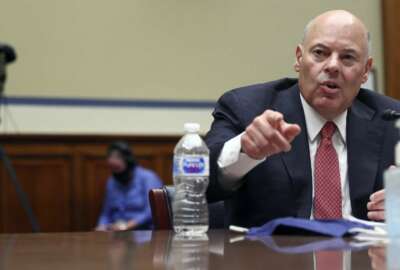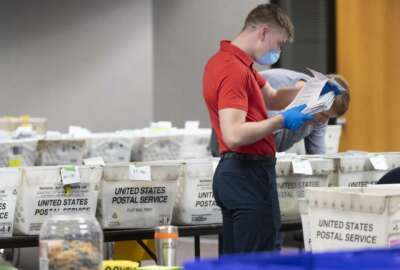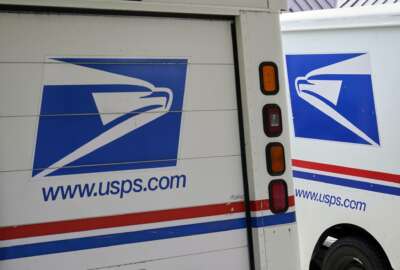

Emergency funding is no substitute for a real Postal reform plan
It’s nice to see Congress interested in the Postal Service. Why are they interested? The cynical would say both parties want to ensure efficient vote-stuffing when the harvest of mail-in ballots arrives. The skeptical would merely say members have been alerted to concern for USPS because of the coming, largely by-mail election.
Lost in the cross currents of the congressional frenzy is that the Postal Service has a short term and a long term problem. Actually two short term problems. One is the effect of the pandemic on sorting and delivery staff, which is driving up delivery costs because of overtime. The other is the coming election, where recent returns (New York’s 12 district; Paterson, New Jersey’s mayoral election) don’t bode well for vote-by-mail. The long term problem is the yearly hollowing out of the USPS balance sheet through multi-billion-dollar losses.
Because I don’t traffic in the business of assuming bad motivation in people, I’d say that the new Postmaster General, Louis DeJoy, has been attempting to correct the long term problem in part by matching postal facilities to the work the agency actually has. Mail, as in mail to your mail box or through your door slot, is continually falling, while packages are growing.
DeJoy is not the first to work towards rationalizing the USPS infrastructure. The decline in first class mail volume has been going on since the dawn of email. Early on, the Postal Service proposed becoming an internet service provider itself. Shortly after, America Online CD mailings became as common as Bed, Bath ‘n’ Beyond flyers have become today.
If anything, perhaps DeJoy has been a little tone deaf in the rationalization efforts while concern has been growing in Congress — and in the public to some extent — about whether it can deliver ballots reliably.
When you think about the requirements for voting, use of the mail is complicated. Ballots must be delivered to those who request them, but not to one person more or less. Only intended recipients should receive them, and each should receive precisely one ballot directly. Provisions should be in place to detect and filter out duplicated or otherwise counterfeit ballots. The Postal Service — or better yet, an independent auditor — must ensure and be able to prove chain of custody of each and every ballot from the mailing voter to the vote counter in each precinct. Car trunks or boxes of ballots turning up randomly and high rejection rates just don’t cut it.
Voting ballots may equal Christmas cards in volume, but not in the precise handling and timing they require. The Postal Service itself is only one link in a tenuous chain populated by thousands of state and local elements, some dubious. It’s not hard to imagine some Trump- or Biden-loving operative somewhere in the chain putting a proverbial thumb on the scale as bundles of mail come in.
In the context of voting, I see the Postal Service as analogous to the Census Bureau. If the nation is going to vote by ballot, voting ought to get the same attention and detailed planning as the once-a-decade population count. Maybe, like the Bureau, Postal Service needs a specialized, sworn, temporary work force to surround the ballot delivery. Sure, USPS can physically move the ballots, but can it do so in a manner to ensure incontrovertible faith in the voting outcomes?
The House voted to hand $25 billion to USPS, only some of which is actually related to the perceived crisis at hand. That seems over the top, given that the 2020 Census will come in at around $16 billion. What the money doesn’t do is substitute for a well thought-out, widely supported reform plan for an agency that has a declining mail, rising packages, and an occasional but predictable peak, highly secure task. And that’s been bleeding money for years on the specious notion that USPS is a private company. The biggest mistake would be to force USPS to build out an expensive, peak capacity infrastructure for one day every four years. Especially since the pandemic won’t go on forever.
Copyright © 2024 Federal News Network. All rights reserved. This website is not intended for users located within the European Economic Area.
Tom Temin is host of the Federal Drive and has been providing insight on federal technology and management issues for more than 30 years.
Follow @tteminWFED



